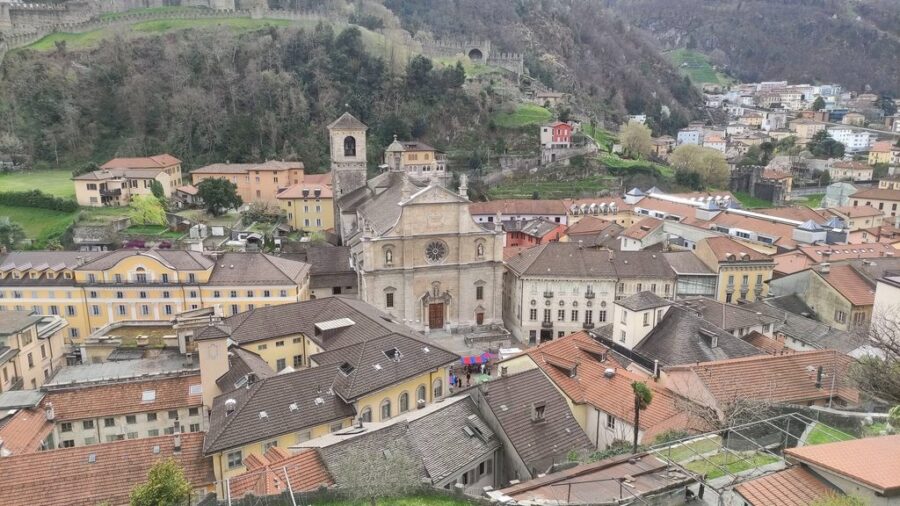Why Ticino Belongs to Switzerland and Not Italy

At first glance, the Swiss canton of Ticino feels unmistakably Italian. From its language and cuisine to its Renaissance architecture and Mediterranean climate, visitors often wonder why this sun-soaked region is part of Switzerland rather than Italy. The answer lies in centuries of history, conquest, and diplomacy.
In the late Middle Ages, Ticino’s valleys were part of the Duchy of Milan. However, during the 15th and 16th centuries, Swiss confederate forces gradually captured key territories, including Bellinzona and Lugano. By the early 1500s, the Swiss Confederation had secured lasting control, incorporating the region as a subject territory. In 1803, Napoleon Bonaparte’s Act of Mediation formally established Ticino as a full canton within the Swiss Confederation, ensuring its permanent place under Swiss sovereignty.
Despite its deep cultural ties to Italy, Ticino evolved under Swiss governance, maintaining political neutrality and stability through centuries of upheaval in neighboring Italy. When the Italian unification movement swept the peninsula in the 19th century, some in Ticino expressed sympathy for the cause, but the region’s loyalty to Switzerland remained firm.
Today, Ticino stands as Switzerland’s only Italian-speaking canton, a crossroads where Alpine precision meets Italian passion. Towns like Locarno, Lugano, and Ascona blend elegant lakeside living with distinctly southern charm. This unique fusion of Swiss efficiency and Italian flair makes Ticino not only a cultural bridge but also a living example of how history, geography, and diplomacy can shape a nation’s identity.
